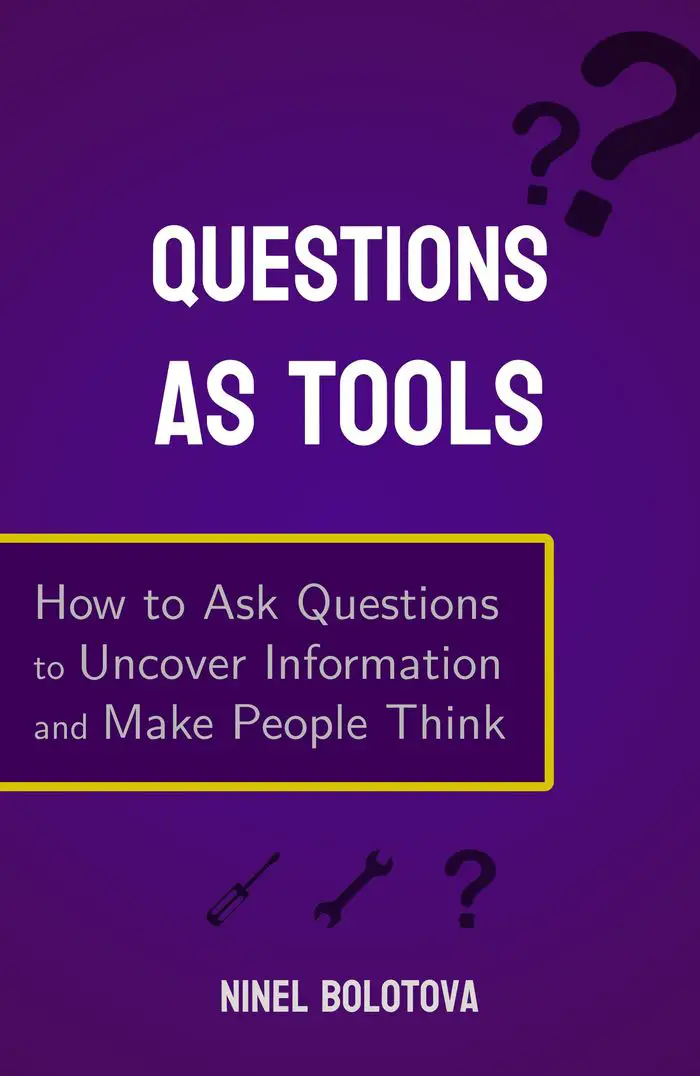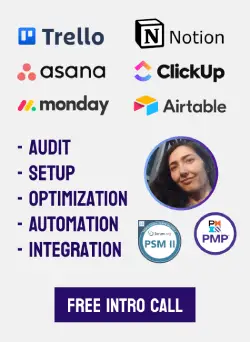12 Free Webinars to Prepare for Scrum Certification Exams
During my PSM exam preparation, I went through nearly all the materials on Scrum.org learning paths – Scrum Master, Product Owner, Software Developer, and Agile Leader.
Among the articles, books, and shorter videos, there were 12 full-width webinars that I diligently watched and learned a lot from. Topics they cover:
- working the Agile way
- building a successful product
- being a leader
If these align with your goals, these webinars will give you insight and inspiration.
Each entry on this list is titled with the main question the webinar answers.

photo by @ketut-subiyanto on Pexels
1. What impact does Product Owner have?
Speaker: Mark Noneman. A Professional Scrum Trainer who teaches the entire curriculum of courses on Scrum.org. He helps organizations around the world with implementing Agile practices.
Webinar name: The Empirical Product Owner.
Found on: Product Owner Learning Path → Understanding and Applying the Scrum Framework → Empiricism.
Ninel’s summary: Product Owner is a steward of the product – the decisions made by them will affect the product long after PO itself is out of the picture. The thermostat analogy for empiricism.
Related reading: The Professional Product Owner: Leveraging Scrum as a Competitive Advantage by Don McGreal and Ralph Jocham. Available on Amazon and Barnes & Noble.
2. What happens if you only pay attention to the “urgent”?
Speaker: Daniel Vakanti. Co-Author of the Kanban Guide. Author of the books on Agile forecasting.
Webinar name: How an expedite request sunk the Titanic.
Found on: Don’t just limit WIP - optimize it! The subject of expedites comes up the most in the context of Professional Scrum with Kanban certification. It doesn’t have its own learning path but has a list of suggested reading for PSK I, and if you click through the links within these materials, you’ll get a few extra nuggets.
Ninel’s summary: Always operate at your maximum efficiency. “Expedites” should be system-critical, and not just “we really need this feature”.
Radio operators were paid by passengers to relay messages, and weren’t paid to relay iceberg warnings to the captain, so they underreported the warnings, based on “value”.
Related reading: When Will It Be Done?: Lean-Agile Forecasting to Answer Your Customers’ Most Important Question by Daniel Vakanti. Available on Amazon and Barnes & Noble.

3. How to make team communication more open and transparent?
Speaker: Dan Sloan. A former Scrum.org trainer and a professional with 30+ years of experience in areas like software product engineering, business leadership, agile coaching, and organizational change.
Webinar name: Transparency in the Trenches.
Found on: Scrum Master Learning Path → Understanding and Applying Scrum → Empiricism
Ninel’s highlight: People were chatting in a separate chat during the meeting, while the manager tried to facilitate the conversation in the official chat.
Related reading: Agile Conversations: Transform Your Conversations, Transform Your Culture by Douglas Squirrel and Jeffrey Fredrick. Available on Amazon and Barnes & Noble.

photo by @polina-zimmerman on Pexels
4. Do job titles exist in Scrum?
Speaker: Dave West. Product owner and CEO at scrum.org.
Webinar name: The Truth About Job Titles In Scrum.
Found on: Scrum Master Learning Path → Understanding and Applying Scrum → Scrum Team
Ninel’s summary: You can still have a job title to reflect what you’re doing, but as far as Scrum roles go, you’re a Developer if you’re creating any kind of value for the product (coding, testing, design, etc).
Related reading: Mastering Professional Scrum by Stephanie Ockerman and Simon Reindl. Available on Amazon and Barnes & Noble.
5. How to get funding for your product developed with Scrum?
Speaker: Kurt Bittner. A professional with 40+ years of experience in product development, organizational transformation, and Agile development techniques. He co-authored various books in Agile product development.
Webinar name: Scrum and Money Getting Funding with Scrum.
Found on: Agile Leader Learning Path → Evolving the Agile Organization → Portfolio Planning
Ninel’s summary: Fund the small steps of the initiative, keep funding if successful.
Related reading: The Professional Agile Leader: Growing Mature Agile Teams and Organizations by Ron Eringa, Kurt Bittner, Laurens Bonnema. Available on Amazon and Barnes & Noble.
6. How to create self-organizing teams with Scrum – Nexus?
Presenter: Net Health. They create specialized software for health care facilities.
Webinar name: How Net Health Used Team Self-Selection to Reorganize Their Scaling Initiative.
Found on: Scrum Master Learning Path → Understanding and Applying Scrum → Scaling Scrum.
Ninel’s summary: They were a Nexus for a year before deciding to reorganize teams in a live event. People were putting their cards on team boards, voting and adjusting to meet constraints and personal preferences.
Related reading: The Nexus Framework for Scaling Scrum: Continuously Delivering an Integrated Product with Multiple Scrum Teams by Kurt Bittner, Patricia Kong, and Dave West. Available on Amazon and Barnes & Noble.

photo by @rodnae-prod on Pexels
7. What power do you use to be a leader?
Speaker: Kate Terlecka (Hobler). Professional Scrum Trainer for over 10 years and an expert in digital transformation.
Webinar name: Psychological Models in Scrum.
Found on: Scrum Master Learning Path → Developing People and Teams → Coaching and Mentoring.
Ninel’s summary: Models Kate highlights:
- Dreyfus model of skill acquisition
- French & Raven - five forms of power
- Chris Avery - responsibility process
Related reading: The Responsibility Process: Unlocking Your Natural Ability to Live and Lead with Power by Christopher Avery. Available on Amazon and Barnes & Noble.
8. How does Little’s Law work?
Speaker: Daniel Vakanti. Co-Author of the Kanban Guide. Author of the books on Agile forecasting.
Webinar name: Little’s Flaw.
Found on: Don’t just limit WIP - optimize it! Yet another useful – if not fundamental – video found while digging through the recommended reading materials for Professional Scrum with Kanban (PSK I) certification.
Ninel’s summary: Little’s Law is a formula to assess the efficiency of queuing systems. Understanding and trying to implement the 5 assumptions behind Little’s Law will get you much further in terms of predictability than just trying to apply the formula.
Related reading: Actionable Agile Metrics for Predictability: An Introduction by Daniel Vakanti. Available on Amazon and Barnes & Noble.
9. Do Scrum teams think about product architecture?
Presenters: A panel of 5 speakers from Scrum.org, on Scrum Pulse podcast.
Webinar name: Dispelling the Myth that Scrum Teams Don’t Think About Architecture.
Found on: Scrum Master Learning Path → Developing and Delivering Products Professionally → Emergent Software Development
Ninel’s summary: You do need to think ahead, but use short build cycles and develop the product incrementally based on feedback.
Related reading: Strategize: Product Strategy and Product Roadmap Practices for the Digital Age by Roman Pichler. Available on Amazon and Barnes & Noble.

photo by @polina-kovaleva on Pexels
10. How to use Scrum with Kanban?
Speaker: Yuval Yeret. Senior enterprise agility consultant and co-author of the Kanban Guide for Scrum Teams
Podcast name: Agile For Humans Podcast #108: Professional Scrum with Kanban with Yuval Yeret.
Found on: Scrum Master Learning Path → Developing and Delivering Products Professionally → Optimizing Flow.
Ninel’s summary: An introduction to Kanban plus Scrum. How they fit together and when to use Lean and Kanban practices on your Scrum Team.
Related reading: Practical Kanban: From Team Focus to Creating Value by Klaus Leopold. Available on Amazon and Barnes & Noble.
11. What is the biggest question to answer when conceiving a product?
Speaker: Simon Sinek. Motivational speaker and leadership trainer.
Webinar name: How great leaders inspire action.
Found on: Product Owner Learning Path → Managing Products with Agility → Product Vision
Ninel’s summary: First, understand Why you’re going to do something, then think What you will do, and then – How exactly you’ll do it. People don’t buy what you do, they buy “why” you do it.
Related reading: Start with Why: How Great Leaders Inspire Everyone to Take Action by Simon Sinek. Available on Amazon and Barnes & Noble.
12. How to implement continuous delivery with Scrum?
Speaker: Jez Humble. Software engineer and product development consultant on an international scale.
Webinar name: Architecting for Continuous Delivery
Found on: Software Developer Learning Path → Developing and Delivering Products Professionally → Continuous Integration / Continuous Delivery
Ninel’s summary: A fun lecture about the principles of continuous delivery.
Related reading: Continuous Delivery: Reliable Software Releases through Build, Test, and Deployment Automation by Jez Humble and David Farley. Available on Amazon and Barnes & Noble.
Conclusion
Hope some of the materials here stroke a chord with you and contributed to your journey as a Scrum Master, Product Owner, or Agile Developer.
And regardless of your accountability, each of us grows as a person and a leader when we’re willing to learn, inspect and adapt, and improve.
If you consider getting a Scrum Master certification, see how PSM is different from CSM, and take a look at my guide on how to get PSM certifications of all levels.
More articles you might be interested in:
